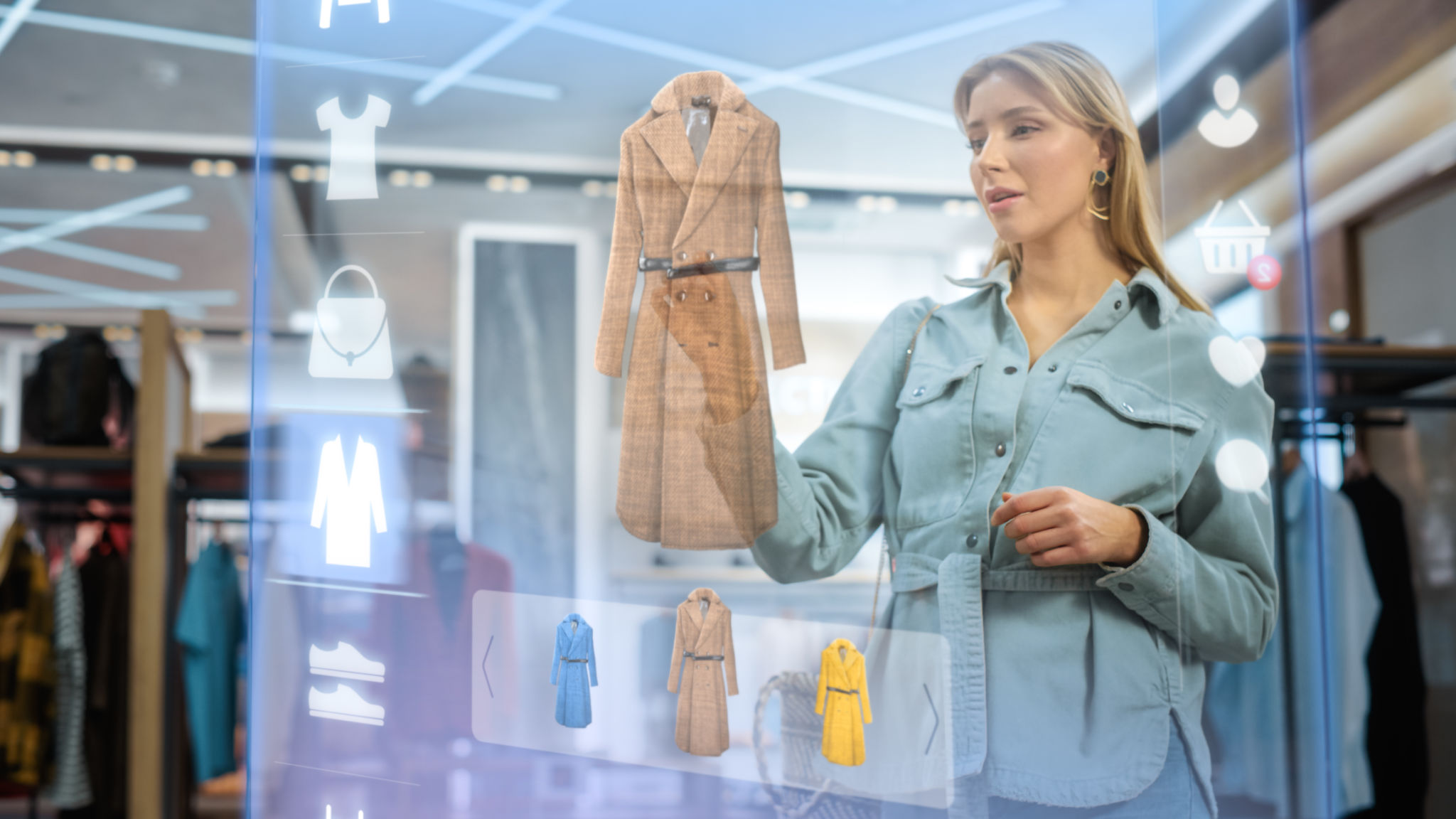Interactive Shopping Experiences: Engaging Customers with Virtual Try-On Solutions
Revolutionizing Retail with Virtual Try-On
In today's fast-paced digital world, the retail industry is undergoing a major transformation. With the rise of e-commerce, businesses are constantly seeking innovative ways to enhance customer engagement and provide a seamless shopping experience. One such groundbreaking solution is virtual try-on technology, which is revolutionizing the way customers shop online.

What is Virtual Try-On Technology?
Virtual try-on technology allows customers to visualize how a product will look on them without having to physically try it on. By leveraging augmented reality (AR) and artificial intelligence (AI), this technology superimposes digital images of products onto real-world views, providing an interactive and personalized shopping experience. From clothing and accessories to makeup and eyewear, virtual try-on solutions are becoming increasingly popular across various retail sectors.
Enhancing Customer Engagement
One of the key benefits of virtual try-on technology is its ability to enhance customer engagement. By offering an interactive shopping experience, businesses can attract and retain more customers. Here are some ways virtual try-ons boost engagement:
- Personalization: Customers can see how products look on them, tailoring their shopping experience to fit their unique preferences.
- Convenience: Shoppers can try on multiple items from the comfort of their home, eliminating the need for lengthy in-store visits.
- Reduced Returns: By ensuring customers are satisfied with their choices before purchasing, virtual try-ons help decrease return rates.

The Technology Behind Virtual Try-Ons
The successful implementation of virtual try-on solutions relies on sophisticated technologies. Augmented reality overlays digital content onto the real world, while AI algorithms process facial recognition and body mapping to accurately place products on a user's image. These technologies work together to create a seamless and realistic try-on experience.
Furthermore, advancements in machine learning have improved the accuracy of these systems, enabling them to adapt to different skin tones, body shapes, and lighting conditions. As a result, customers receive a more accurate representation of how products will appear in real life.
Examples of Brands Using Virtual Try-On
Several major brands have already integrated virtual try-on solutions into their platforms. For instance, beauty brands like Sephora and L'Oréal offer AR-based apps that allow users to try on makeup products virtually. Similarly, eyewear companies such as Warby Parker provide virtual try-ons for glasses frames, helping customers find the perfect fit without stepping into a store.

The Future of Interactive Shopping
As technology continues to advance, the potential for interactive shopping experiences is limitless. Virtual try-on solutions are expected to become even more immersive, incorporating features like haptic feedback and 3D visualization. This evolution will further bridge the gap between online and in-store shopping, offering customers a truly comprehensive experience.
Moreover, as more retailers adopt this technology, we can expect increased innovation and competitive differentiation. Businesses that invest in virtual try-on solutions not only stay ahead of the curve but also build stronger connections with their customers by delivering value-driven experiences.
Conclusion
Interactive shopping experiences powered by virtual try-on technology are redefining how consumers interact with products online. By embracing these solutions, retailers can engage customers more effectively, reduce return rates, and ultimately drive sales growth. As this technology continues to evolve, it will undoubtedly play a pivotal role in shaping the future of retail.
